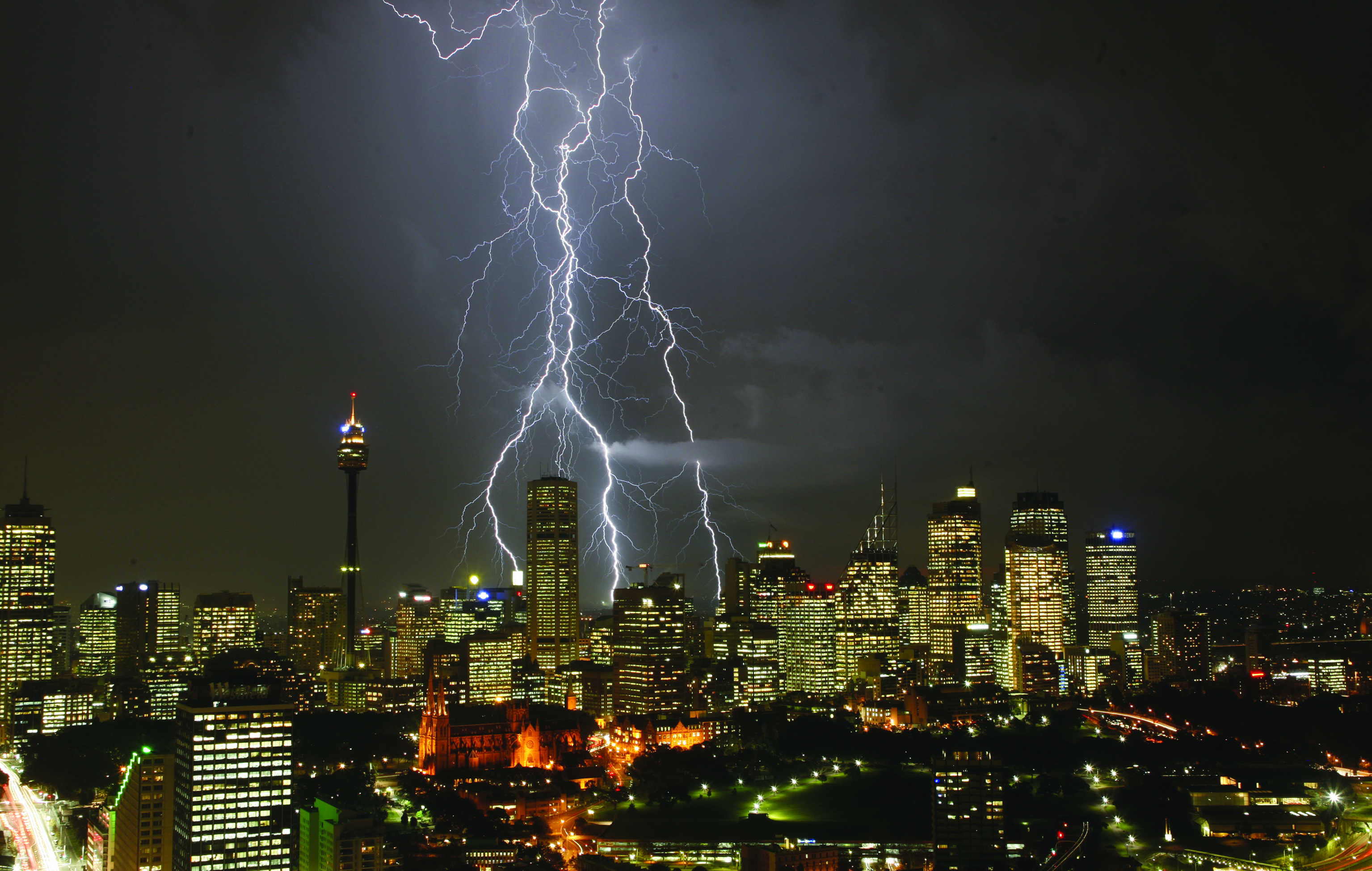
Storm season in Australia typically occurs from November to April and has the potential to cause havoc to an electrical system if there is a ground lightning strike. It is vital to ensure buildings have safety measures in place to not only protect the building’s electrical systems, but to assist in the protection of people that could be living or working within these buildings. The consequences of not having the right protection in place, can result in building fires, damage to switchboards, wiring and appliances, explosions, and, in the most extreme scenario, death.
Lightning is an electrical discharge caused by imbalances between storm clouds and the ground or between two different storm clouds, with the majority of lightning strikes occurring between two clouds. Lightning strikes that occur between storm clouds and the ground, are the strikes that will cause the most damage to your electrical system if the proper protection is not in place. Approximately 90% of lightning strikes are caused by a negative charge heading towards the ground, creating what is known as a stepped leader, and the strike occurs when the tip of the stepped leader touches the ground, neutralizing the charge difference. Keep in mind that the average amount of energy in each lightning bolt is approximately 5 billion joules, and when it strikes the air around it heats up and can generate temperatures of up to 30 000 degrees Celsius. This highlights how dangerous a potential lightning strike can be, and when a direct hit is made to a building, it is easy to understand how serious damage can be caused.
Direct lightning strikes are not the only concern, when the nearby ground is struck by lightning, damage to your electrical systems can still occur, as an electrical current generated from the strike will run through the ground causing a local Earth Potential Rise (EPR) that can extend up to a few kilometers from the location of the strike. Additionally, it has been said that during an electrical storm you should avoid being on landline telephones, as this has the potential to cause deadly results, with the electrical current from a strike being known to run through telephone lines and electrocute the person on the other end having a conversation.
Have you prepared for the storm season?
Preparing for the storm system requires you to have a look at your buildings electrical and communications systems to ensure you have adequate lightning protection installed and ensuring that the protection is in working order.
IPD offers a range of lightning protection solutions including the highly recommended Type 1 + 2 DEHN arrestors. The Type 1 + 2 DEHN arrestors provide you with additional benefits, in comparison to the standard Type 2 arrestor, including the Type 1 ability to provide protection capable of ‘direct’ lightning protection, ensuring that the arrestor can withstand higher energy for longer periods of time and guaranteed coordination that is provided on downstream devices. Type 1 + 2 lightning protection is best used in exposed or high lightning risk areas is available in both 1 and 3 phase units at 25kA and 12.5kA per phase Type 1 or Iimp ratings; equivalent to 250kA and 125kA per phase under AS/NZS 1768:2007.
It should be noted that standard surge protection will not protect your electrical systems and appliances from the effects of a direct or close by lightning strike, highlighting the need for additional protection for your system. Require more information on the Type 1 + 2 DEHN arrestors? Contact your local IPD representative on 1300 556 601 or customerservice@ipd.com.au